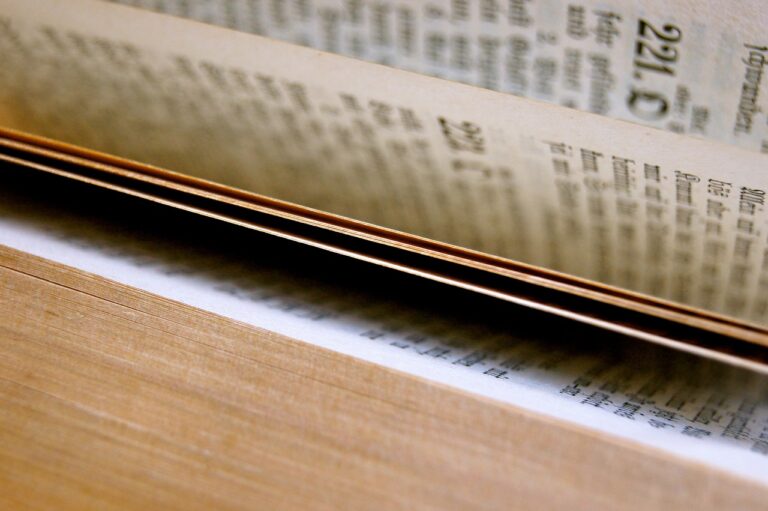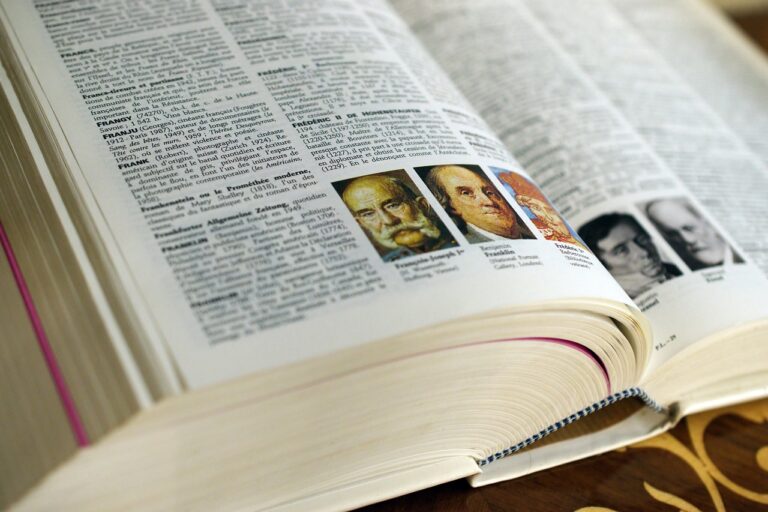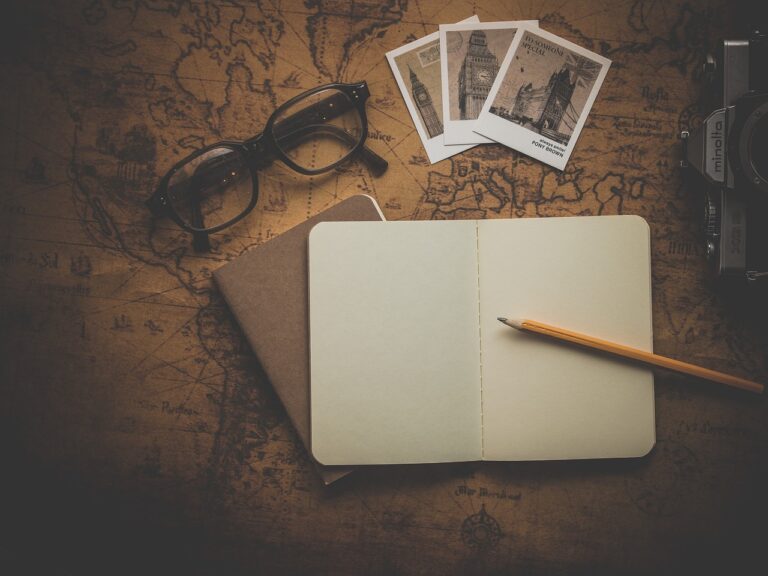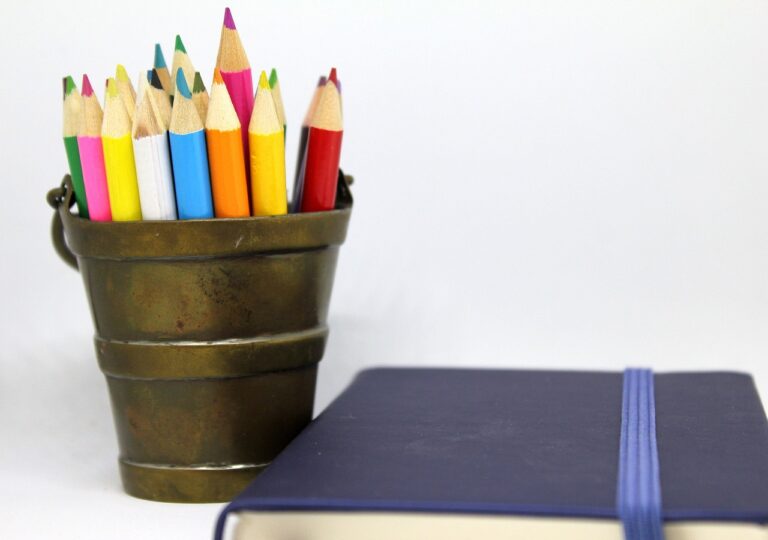Analyzing the Influence of Educational Toys on Conflict Resolution: All panal.com, Laser247 com, Yalo247
all panal.com, laser247 com, yalo247: Educational toys are an essential part of a child’s development. They not only help in building cognitive skills but also play a crucial role in shaping a child’s social and emotional intelligence. One area where educational toys have shown significant influence is in conflict resolution.
Conflict resolution is a skill that children need to learn from a young age. It helps them navigate through disagreements, differences of opinion, and misunderstandings effectively. Educational toys can aid in this process by teaching children how to communicate, collaborate, and compromise.
Here are some ways in which educational toys can influence conflict resolution:
1. Teaching empathy: Toys that encourage children to understand and empathize with others’ feelings and perspectives can help them develop empathy, a crucial component of conflict resolution.
2. Promoting communication: Educational toys that require children to communicate their ideas, thoughts, and feelings can help them learn how to express themselves effectively in a conflict situation.
3. Encouraging collaboration: Toys that promote teamwork and collaboration can teach children the importance of working together to achieve a common goal, thereby fostering a sense of unity and cooperation.
4. Building problem-solving skills: Educational toys that challenge children to find creative solutions to problems can help them develop critical thinking and problem-solving skills, essential for resolving conflicts.
5. Teaching negotiation: Toys that involve negotiation and compromise can help children understand the value of finding mutually beneficial solutions in a conflict situation.
6. Handling emotions: Toys that help children identify and manage their emotions can teach them how to stay calm and composed during conflicts, enabling them to resolve disagreements more effectively.
FAQs:
Q: Can educational toys completely eliminate conflicts among children?
A: While educational toys can play a significant role in teaching conflict resolution skills, conflicts are a natural part of social interactions among children. It is essential to remember that conflicts are opportunities for learning and growth.
Q: At what age should children start using educational toys for conflict resolution?
A: Children can start using educational toys for conflict resolution as early as preschool age. However, the complexity of toys and concepts can vary depending on the child’s age and developmental stage.
Q: How can parents support the development of conflict resolution skills through educational toys?
A: Parents can support their children by providing a variety of educational toys that promote communication, collaboration, empathy, and problem-solving. Additionally, parents can model positive conflict resolution strategies and provide guidance when children encounter conflicts.
In conclusion, educational toys play a vital role in shaping children’s conflict resolution skills. By incorporating toys that focus on communication, collaboration, empathy, problem-solving, and negotiation, parents and educators can help children navigate conflicts effectively and build strong relationships based on respect and understanding.







